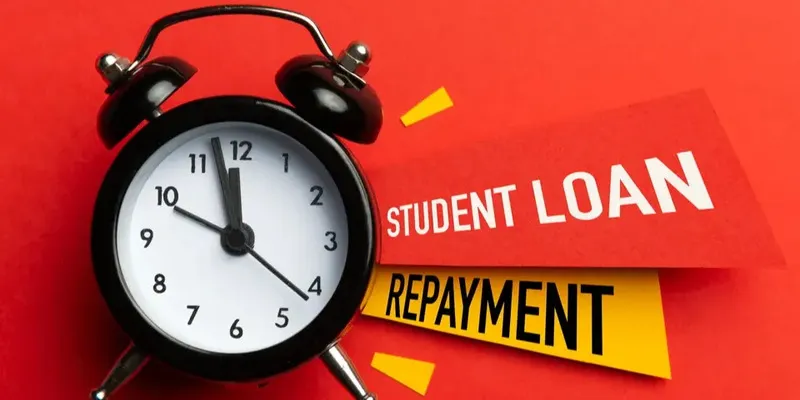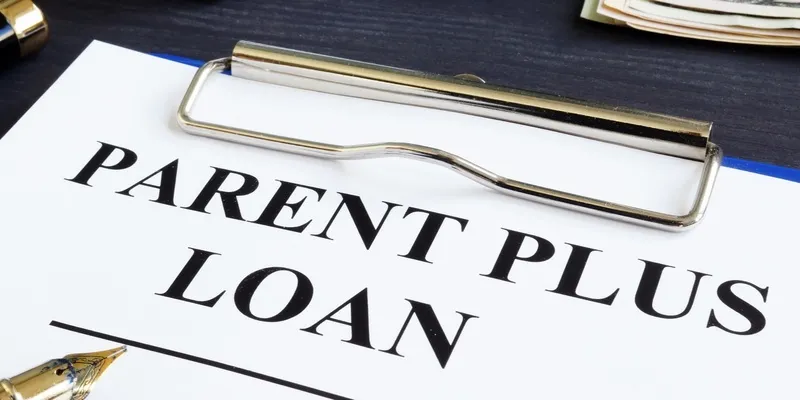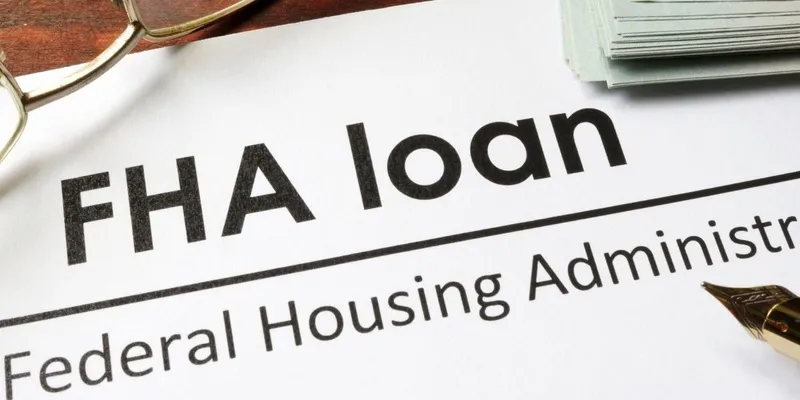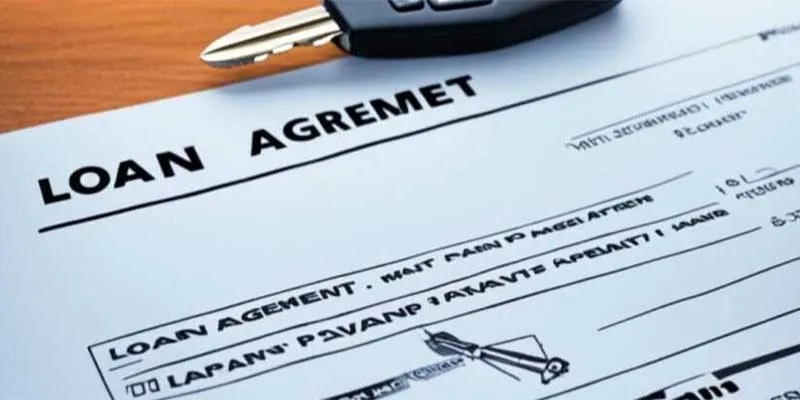An Introduction to FFELP Student Loans: What You Should Know
Navigating the world of student loans can be challenging, but understanding FFELP loans is a great starting point. The Federal Family Education Loan Program (FFELP) offered loans to students and parents through private lenders, with government backing. Although the program ended in 2010, many borrowers still have these loans. Knowing your options for managing or refinancing FFELP loans can help you make informed financial decisions. This guide aims to simplify the complexities of student loans and offer clear insights into handling your FFELP loans effectively.
What are FFELP Student Loans?

FFELP loans were federally guaranteed student loans available to undergraduate, graduate, and professional students, as well as to parents of dependent undergraduate students. Launched in 1965, the program aimed to provide low-rate financing for higher education through collaborations with private banks. These lenders offered Stafford Loans, now known as Direct Subsidized and Unsubsidized Loans, PLUS Loans for parents, and Consolidation Loans. While similar to Direct Loans, FFELP loans differ in interest rates, fees, borrower benefits, and loan forgiveness schemes.
How Did FFELP Work?
The Department of Education provided funds to participating lenders in the FFELP program through tax-exempt bonds or the Federal Financing Bank. Lenders used these funds to originate student loans, and the U.S. government guaranteed them against borrower default. This guarantee allowed lenders to offer lower interest rates than private loans and provided borrowers with protections like loan deferment and forbearance options. FFELP also offered a loan consolidation program that combined multiple loans into one for simplified repayment.
Why Did FFELP End?
FFELP ended in 2010 when Congress passed the Health Care and Education Reconciliation Act (HCERA). The act eliminated new FFELP loans, making all federal student loans be issued directly by the Department of Education through the Direct Loan Program. By ending FFELP, the government aimed to save billions of dollars by cutting out subsidies to private lenders and using those funds to increase Pell Grants and invest in education. This change also eliminated confusion for borrowers who previously had both Direct Loans and FFELP loans.
Types of FFELP Loans
There were three main types of loans offered through the FFELP program: Stafford Loans, PLUS Loans, and Consolidation Loans. Understanding the details of each type can help you determine which loans you have and how to manage them effectively.
Stafford Loans
Stafford Loans were available to undergraduate, graduate, and professional students. These loans had fixed interest rates and provided a grace period after graduation before repayment began. There were two types of Stafford Loans: subsidized and unsubsidized. Subsidized Stafford Loans helped students with financial need by covering interest during enrollment periods, while unsubsidized Stafford Loans accrued interest throughout the loan term. Borrowers could receive both types of loans but only up to a certain annual and aggregate limit.
PLUS Loans
Parent Loans for Undergraduate Students (PLUS Loans) were available to parents of dependent undergraduate students or graduate and professional students. These loans had fixed interest rates but required credit checks and charged higher fees than Stafford Loans. PLUS Loans could cover up to the cost of attendance, minus any other financial aid received by the student.
Consolidation Loans
FFELP also offered a loan consolidation program that allowed borrowers to combine multiple loans into one for simplified repayment. Borrowers could consolidate both FFELP and Direct Loans, as well as private loans in some cases. Consolidating FFELP loans converted them into Direct Consolidation Loans with fixed interest rates and extended repayment terms, potentially lowering monthly payments. However, borrowers lost any borrower benefits associated with their original FFELP loans.
What Happens to Existing FFELP Loans?
Although the FFELP program is no longer available for new loans, many borrowers still have existing FFELP loans. These loans are still valid and must be repaid according to their terms. However, there may be options for managing or refinancing these loans through programs such as income-driven repayment plans or loan consolidation. It is essential to research and understand these options to determine what is best for your individual financial situation.
Managing FFELP Loans
For those who need more affordable loan payments, income-driven repayment plans are available for FFELP loans. These plans base monthly payments on a percentage of the borrower’s discretionary income and offer forgiveness after a certain time frame. Additionally, borrowers with FFELP loans may also be eligible for Public Service Loan Forgiveness if they work in certain public service professions.
Refinancing FFELP Loans
Borrowers with good credit and steady incomes may also have the option of refinancing their FFELP loans through private lenders. Refinancing allows borrowers to consolidate multiple loans into one new loan with potentially lower interest rates and monthly payments. However, refinancing FFELP loans means losing any borrower benefits associated with the original loans, so it is crucial to consider all factors before making a decision.
Advantages of FFELP Loans

Although the FFELP program no longer exists, there are still some benefits to having FFELP loans. These include:
- Fixed interest rates: FFELP loans had fixed interest rates, meaning the rate would not change over the life of the loan.
- Borrower protections: FFELP loans offered borrower protections such as deferment and forbearance options, as well as loan forgiveness for certain professions.
- Loan consolidation: FFELP loans could be consolidated with other federal or private student loans, potentially making repayment more manageable.
Disadvantages of FFELP Loans
Despite the advantages, there were also some disadvantages to FFELP loans. These include:
- Higher fees: FFELP loans had higher origination and insurance fees compared to Direct Loans.
- Lack of flexibility: Borrowers could not choose their servicer for FFELP loans, meaning they had limited options for managing loan repayment.
- Limited borrower benefits: Consolidating or refinancing FFELP loans means losing any borrower benefits associated with the original loans.
Conclusion
FFELP was an essential program in providing federal student loans to millions of borrowers. Although it no longer exists, many borrowers still have existing FFELP loans that must be repaid. Understanding the types of FFELP loans, managing and refinancing options, and the advantages and disadvantages can help borrowers make informed decisions about their student loan repayment. It is crucial to research and consider all options carefully before making any changes to your FFELP loans.











